My goal is to detect discrete GPU on multi-gpu systems (for example integrated Intel HD Graphics + discrete AMD Radeon card) with C#
I've usually use that code:
String gpuName = String.Empty;
ManagementObjectCollection objectCollection =
new ManagementObjectSearcher("SELECT Name FROM Win32_VideoController").Get();
foreach (ManagementObject managementObject in objectCollection)
{
foreach (PropertyData propertyData in managementObject.Properties)
{
if ((gpuName == String.Empty) || (propertyData.Value.ToString().ToLower().IndexOf("intel") == -1))
{
gpuName = propertyData.Value.ToString();
break;
}
}
}
It works like a charm for my example, described above.
But it's not suitable for AMD, VIA, etc (I don't know exactly all manufacturers) integrated cards.
So is there universal approach to cut off all integrated GPUs?

